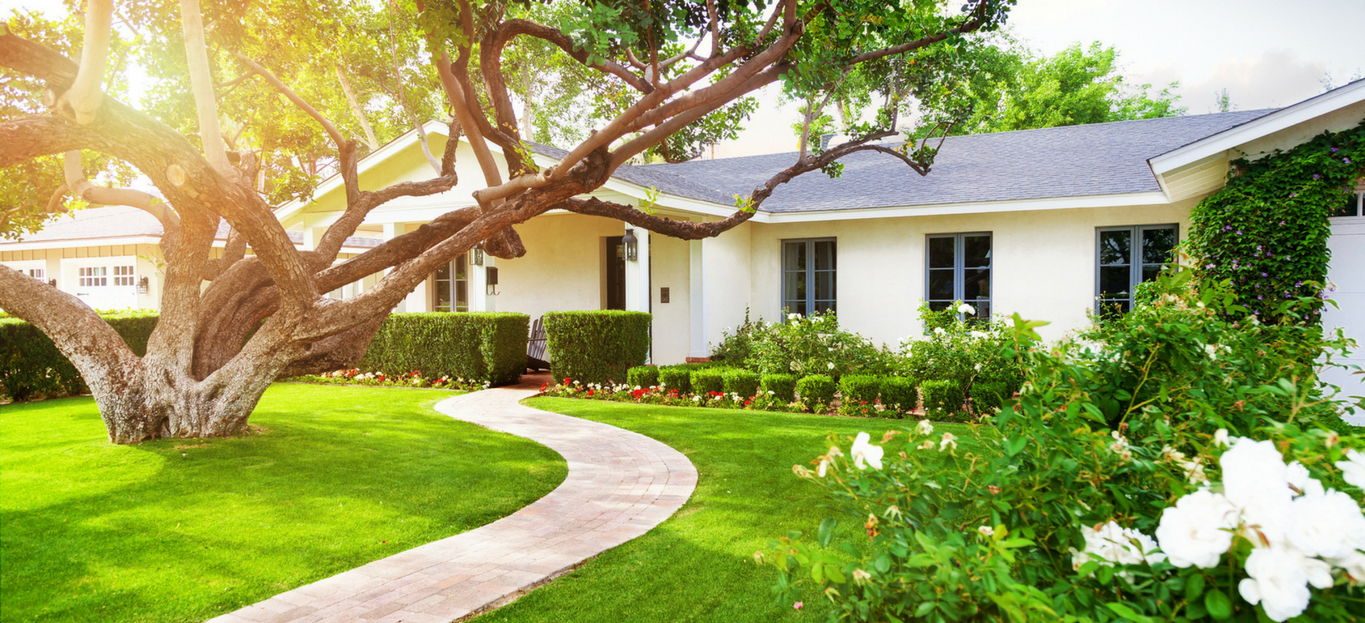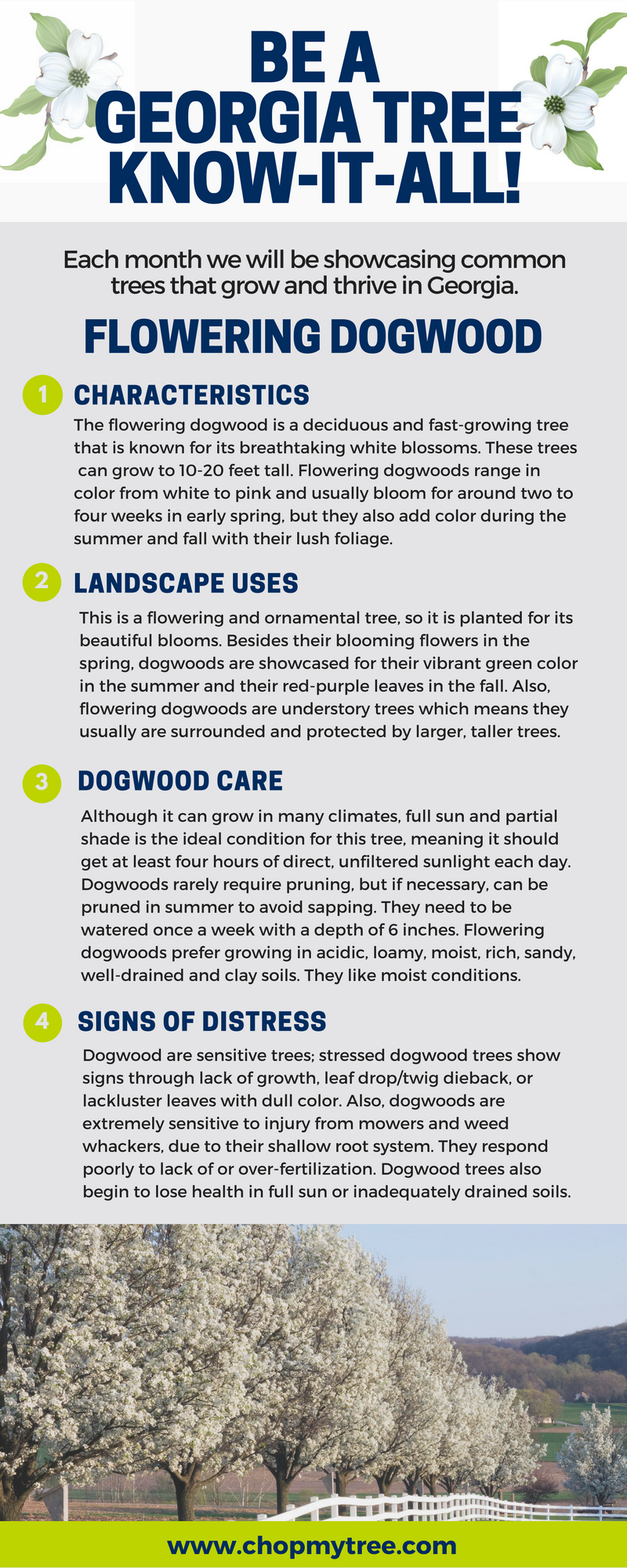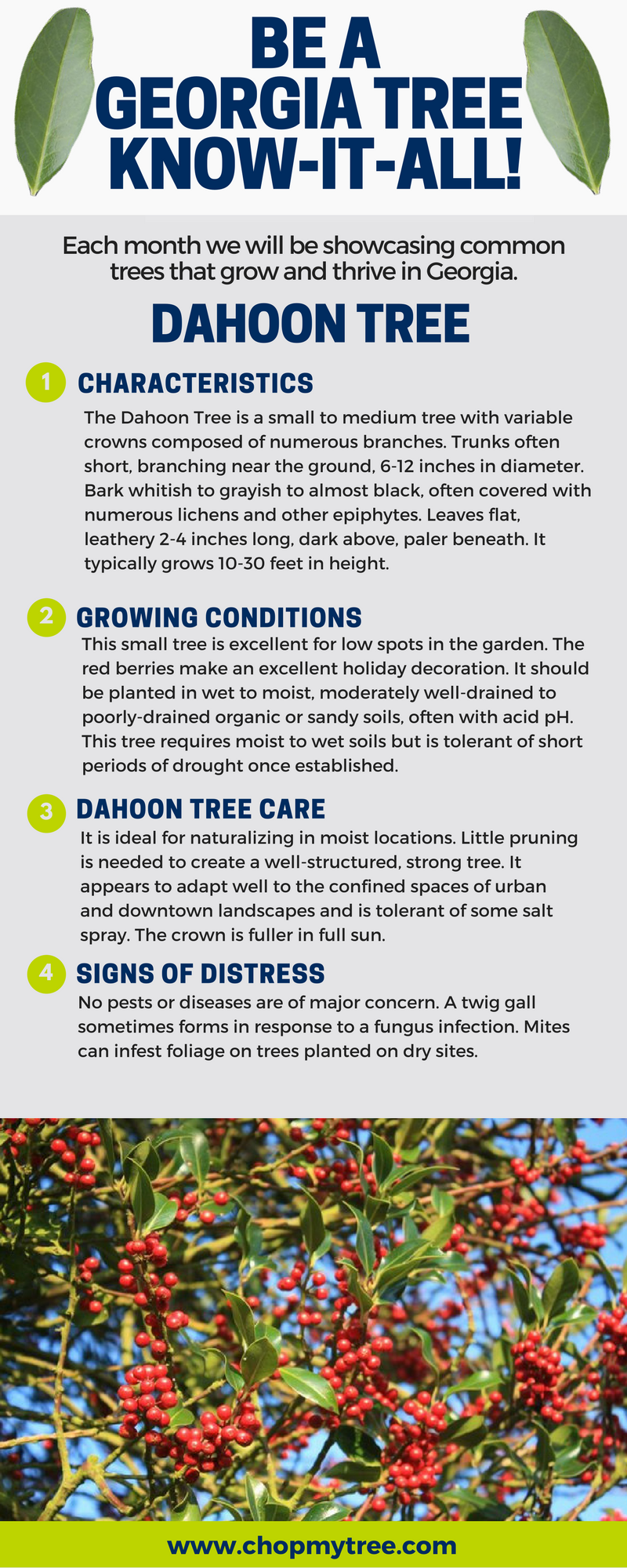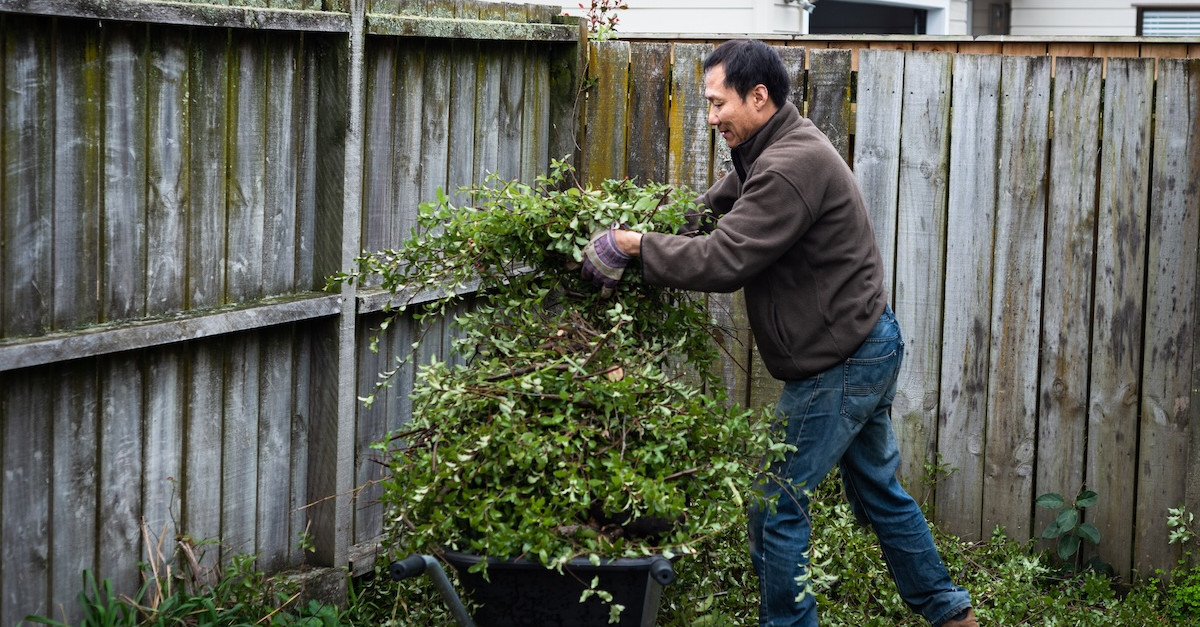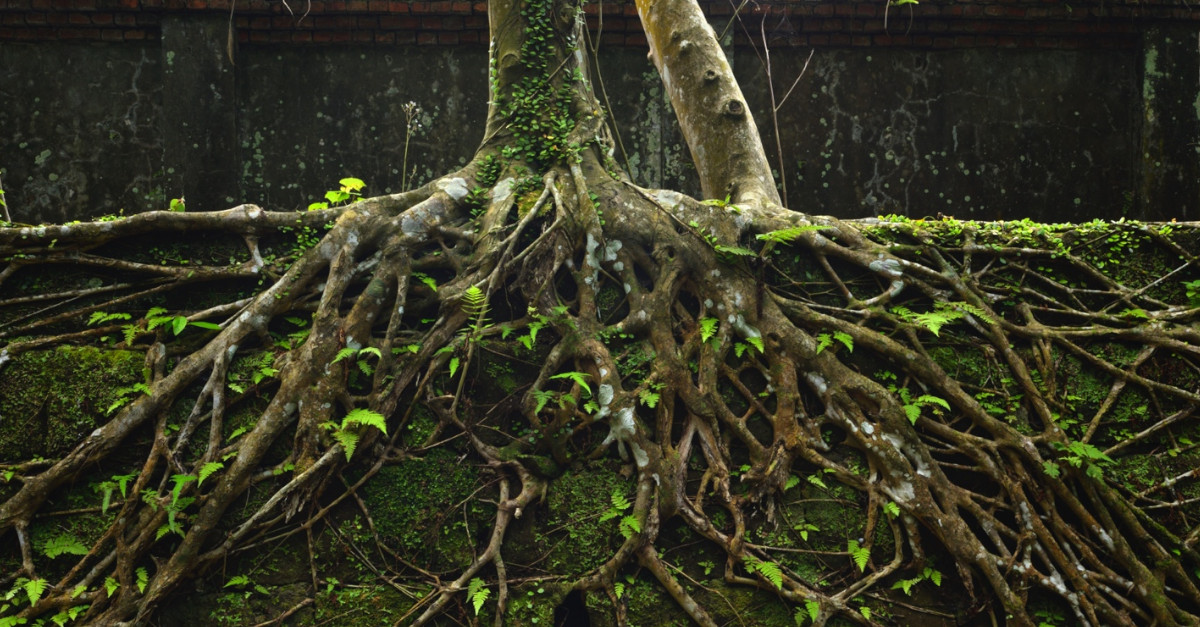Are You Ready for Your Closeup? Preparing Your Yard to Go on the Market
It’s time to put your house up for sale. You have so many feelings: anxiety, excitement, dreams for the next house, dread at the mounting to do list, a strong desire to pizza/Netflix the day away and just forget it all.
Don’t do that. Or heck, go ahead and do that. When you’re done, though, it’s time to figure out what to do about the yard. People judge your home from the moment they step out of their car with their realtor to hand. If they don’t like what they see, they may just get right back in. At best, they’ll give a polite but cursory tour and head on to greener pastures (ahem, literally).
So how do you lower your literal “bounce rate”? Here are a few tips to put into action today.
- Clean, Clean, Clean: Before you do anything else, get rid of toys, broken pots, old swing sets, rusting cars and anything else that’s cluttering up the space. You don’t even want to see that; why would they?
- Remove Any Unsightly Plants: First and foremost, dig up dying shrubs or withered vines. Ditch sad attempts to regrow grass in shady areas. Take down that almost-but-not-quite-dead willow, and don’t look back. You’ll be amazed how much better this makes your yard look immediately.
- Give Everything a Haircut: Yes, we do mean everything. Look around your yard. Trees, shrubs, grass, perennials … it will all look better as soon as it gets a nice trim. Pruning and shearing keeps plants bright and healthy, and brings order to your environment. Start there.
- Assess Bare Patches: You will be left with some empty spots on your property. Ask yourself whether or not they should stay empty. Do you want to fill those spaces, and with what? A simple layer of bark chips is nice enough for some spaces, while for others you might want to put in some ground cover. Note that you’ll need 3-6 months for it to spread and naturalize, though, so if you need a quick fix, opt for a media like tanbark instead.
Need a little help? Well, that’s okay. Call in Premier Tree Solutions. We can give your yard the makeover it needs to get ready for showtime. Don’t hesitate to pick up the phone for pruning, trimming, tree removal, stump removal, and more. We’re here, we have clippers and saws, and we’re ready. Give us a ping today!

